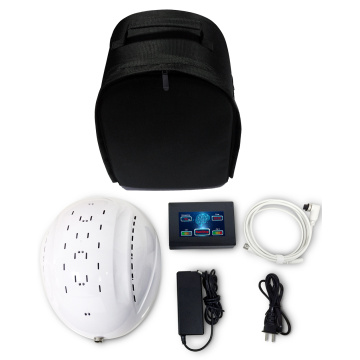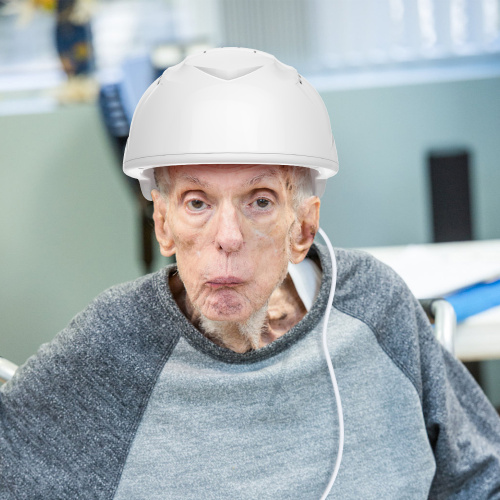
810nm Infrared LED Therapy PBM Helmet for Parkinson
-
$1980.001-19 Others
-
$1200.0020-499 Others
-
$515.00≥500 Others
Quantity:
Your message must be between 20 to 2000 characters
Contact NowBasic Info
Basic Info
Product Description
Product Description
Suyzeko810nm pbm brain therapy helmet, professional brain health treatment expert
Treatment principle
Suyzeko 810 near-infrared brain therapy helmet is a non-invasive treatment device based on photobiomodulation (PBM) technology. Its core principle is to use near-infrared light of a specific wavelength to penetrate the skull, directly act on brain tissue, and improve brain function through multi-target regulation. The following is its core mechanism of action:
1. Enhance the function of the meningeal lymphatic system
Near-infrared light (810nm) can penetrate the skull 5-7cm, activate meningeal lymphatic endothelial cells (mLECs), and promote lymphatic expansion and waste removal. Studies have shown that this band of light energy can significantly increase the drainage efficiency of cerebrospinal fluid (CSF) to cervical lymph nodes through lymphatic vessels, and accelerate the removal of neurotoxic substances such as amyloid beta (Aβ) and tau protein. For example, experiments have shown that after phototherapy, Aβ deposition in elderly mice was reduced by 50%, and cognitive ability was restored to a young level.
2. Mitochondrial metabolic activation and stress response regulation
810nm light is absorbed by cytochrome C oxidase (a key enzyme in the mitochondrial respiratory chain), which improves the efficiency of ATP synthesis and enhances the energy supply of neurons. At the same time, by regulating the DELE1-HRI pathway, the over-activated integrated stress response (ISR) is inhibited, reducing neuronal apoptosis caused by sustained stress. For example, in the Alzheimer's disease model, phototherapy can downregulate pro-apoptotic genes (such as Bax) and upregulate anti-apoptotic genes (such as Bcl-2).
3. Anti-inflammatory and neuroprotection
Near-infrared light inhibits the over-activation of microglia, reduces the release of pro-inflammatory factors (such as TNF-α, IL-6), and promotes the production of anti-inflammatory factors (such as IL-10). In addition, phototherapy can repair the dendritic structure of neurons, increase synaptic plasticity, and improve neural signaling.
4. Angiogenesis and blood flow regulation
810nm light stimulates the release of nitric oxide (NO), dilates cerebral blood vessels, and increases local blood oxygen supply. Experiments show that cerebral blood flow increases by 20%-30% after phototherapy, especially improving microcirculation in ischemic areas.
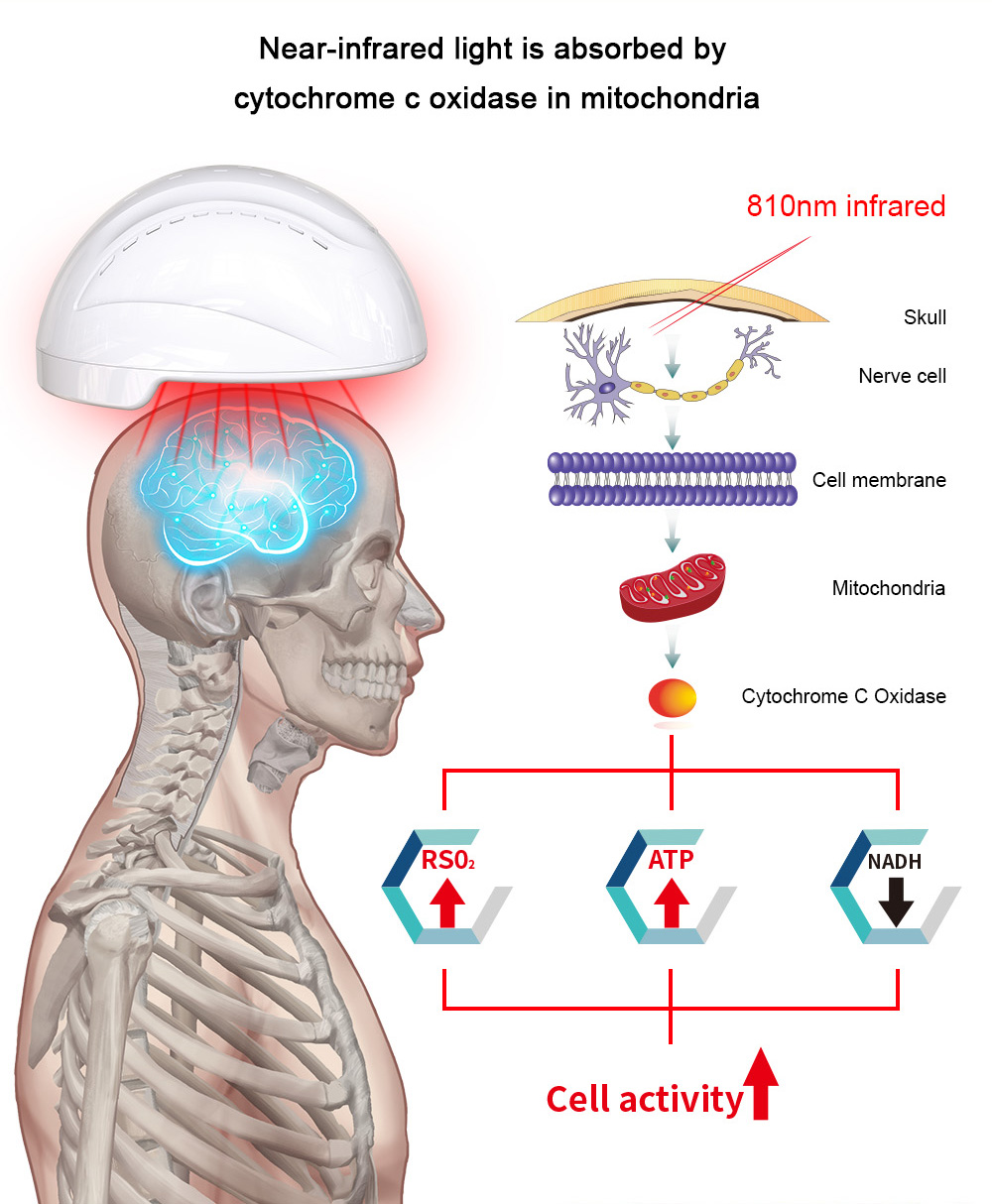
Suyzeko is the first team in China to focus red light therapy the treatment of brain diseases. Since 2015, we have cooperated with many professional brain disease experts to conduct research, and under the detection of professional equipment, we have seen that the 810nm brain bioregulation helmet has a substantial regulatory effect on brain neurons. After 10 years of market polishing and He Kui, the suyzeko infrared brain therapy helmet has helped thousands of users suffering from brain diseases.
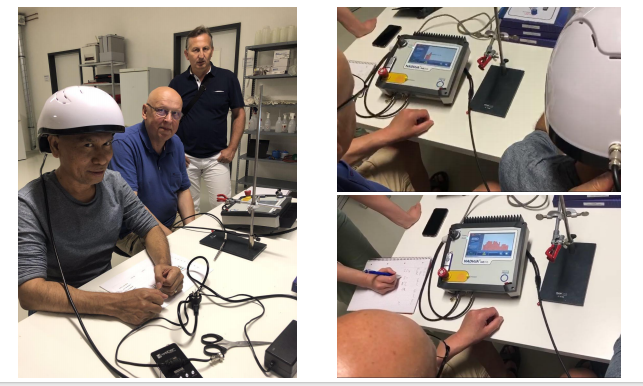
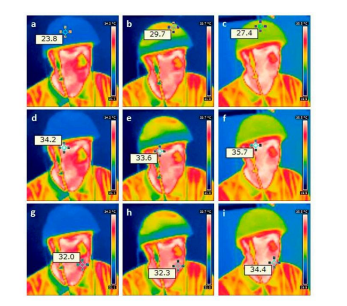
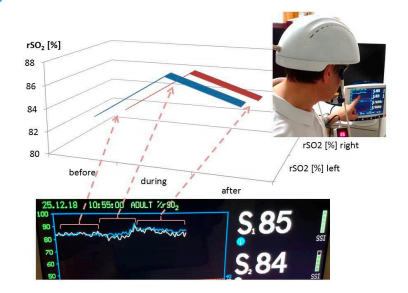
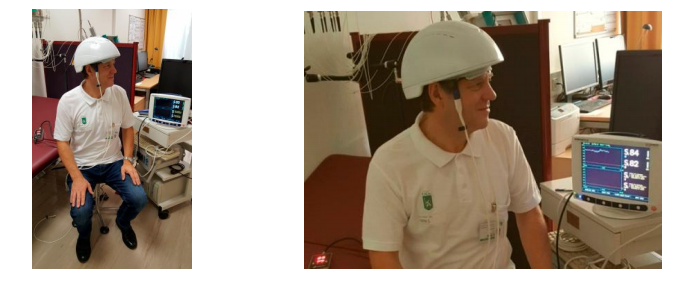
The regulatory mechanism of the Suyzeko brain health photobiomodulation helmet on 3 types of brain diseases
1. Degenerative brain diseases (such as Alzheimer's disease and Parkinson's disease)
Pathological targets: Aβ/tau protein deposition, mitochondrial dysfunction, chronic neuroinflammation.
Regulatory mechanism:
Clearing toxic proteins: enhancing the drainage capacity of meningeal lymphatic vessels and accelerating the clearance of Aβ and tau proteins.
Repair mitochondrial function: activate the mitochondrial respiratory chain, reduce the accumulation of reactive oxygen species (ROS), and restore neuronal energy metabolism.
Inhibit inflammation: downregulate the NF-κB pathway, reduce microglial activation, and protect neurons from inflammatory damage.
Clinical evidence: In the AD mouse model, phototherapy improved spatial memory test scores by 70% and pathological indicators by 60%.
2. Traumatic brain disease (such as concussion, stroke, chronic traumatic encephalopathy CTE)
Pathological targets: brain edema, increased intracranial pressure, and axonal injury.
Regulatory mechanism:
Relieve brain edema: by inhibiting norepinephrine storm, restore the drainage function of the glymphatic system, and accelerate cerebrospinal fluid outflow.
Reduce secondary injury: inhibit glutamate excitotoxicity after TBI, protect the integrity of the blood-brain barrier, and reduce the risk of neuronal calcium overload.
Promote axon regeneration: activate the PI3K-AKT signaling pathway to enhance neuronal survival and axon extension.
Clinical relevance: Combined with adrenergic inhibitors (such as propranolol), light therapy can shorten the time for brain edema to subside by 50%.
3. Emotional feedback disorders (such as depression, anxiety, autism, etc.)
Pathological targets: prefrontal-limbic system dysfunction, chronic stress, neurotransmitter imbalance.
Regulatory mechanism:
Regulate neurotransmitters: increase the levels of 5-HT and dopamine in the prefrontal cortex and improve emotional regulation.
Inhibit the stress axis: downregulate the over-activation of the hypothalamus-pituitary-adrenal (HPA) axis and reduce cortisol secretion.
Enhance neuroplasticity: promote BDNF expression, repair hippocampal neuron regeneration, and improve cognitive-emotional integration.
Empirical case: In a depression model, light therapy reduces the immobility time of the forced swim test by 40%, which is equivalent to SSRI drugs.
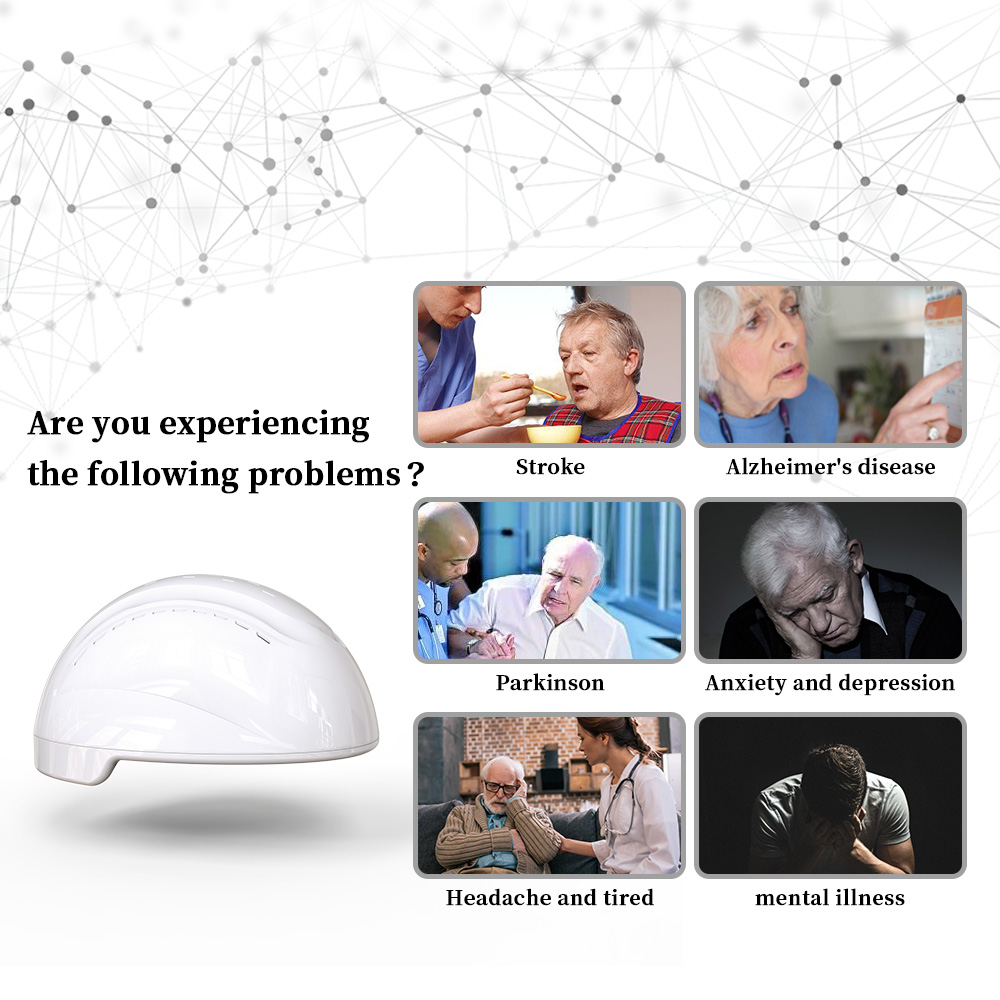
Advantages and clinical adaptability of Suyzeko810nm infrared brain therapy helmet
1. Non-invasive and safe: full head coverage, larger area, strong 810nm light penetration and no risk of thermal damage, suitable for long-term treatment.
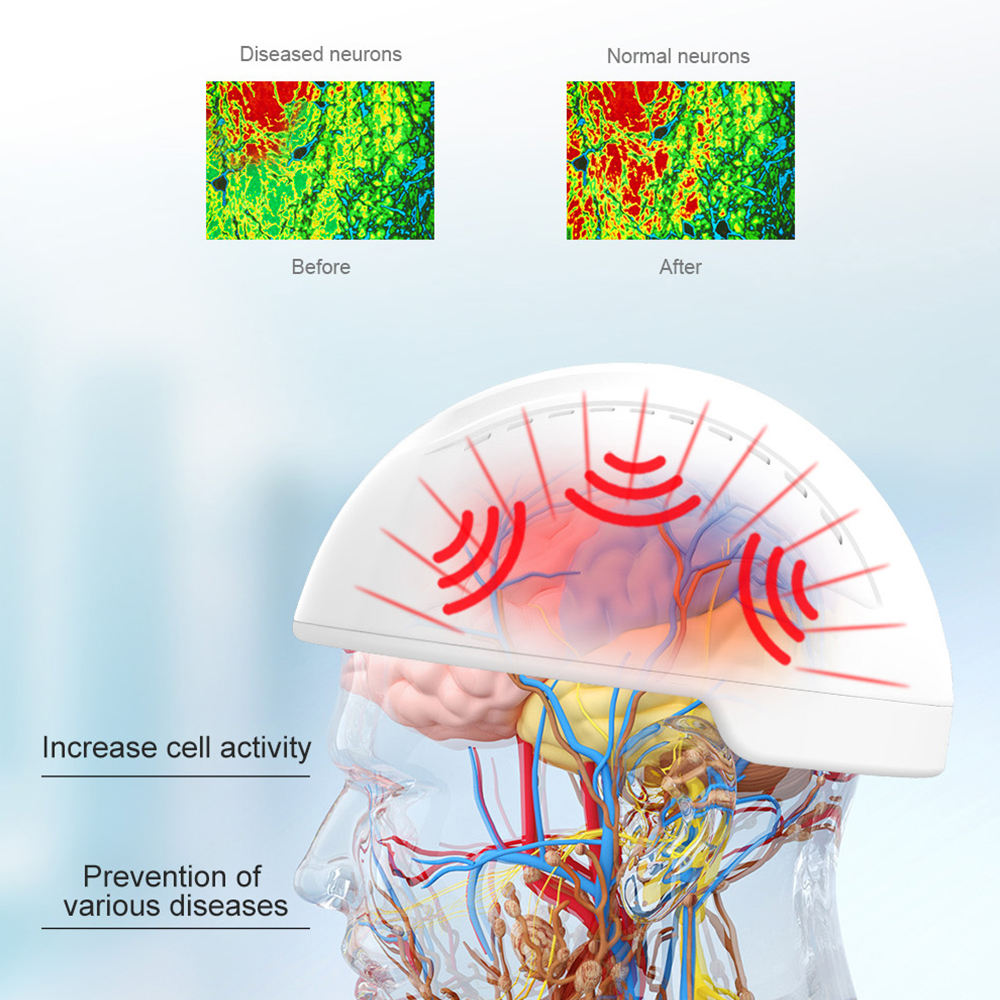
2. Simplified professional control system: equipped with a touch screen controller to achieve brain partition control, and can adjust different frequencies of 0-20000hz for the regulation of different types of brain diseases. No professional operation skills are required, but professional and effective treatment effects can be achieved.

3. Portability trend: The current equipment has been home-based, and the effect can be maintained with 20-30 minutes of daily treatment, which is suitable for chronic disease management.
If you have any brain tissue need to improve and want to know more about Suyzeko PBM helmet, please send you message to get more infos sharing and a better healthy stating.
Related Keywords
Related Keywords















